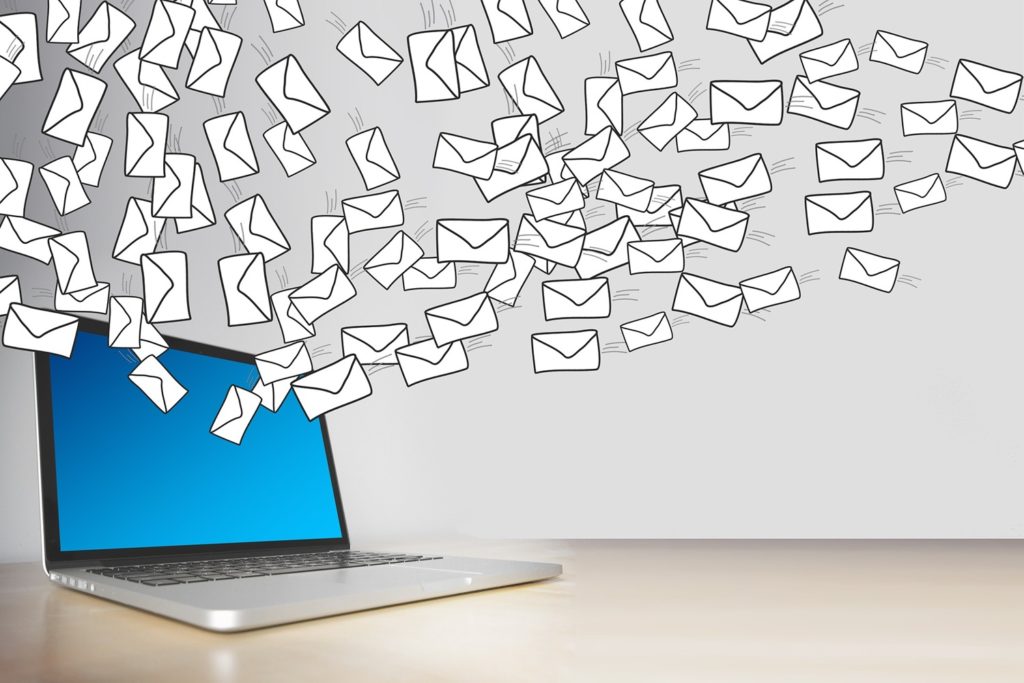Re-engaging dormant customers can be helpful for maintaining a healthy and active customer base. An effective email re-engagement campaign can rekindle interest, renew customer relationships, and boost your bottom line! Here are some key steps to create a successful email re-engagement campaign for dormant customers.
1. Identify Your Dormant Customers
Before you can re-engage dormant customers, you need to identify them. Dormant customers are those who haven’t interacted with your business for a certain period of time. This period can vary depending on your industry and business model. Common criteria include:
- No purchases or interactions in the last six months.
- No email opens or clicks in the last three months.
- No website visits in the last six months.
Use your customer relationship management (CRM) system or email marketing platform to segment these inactive customers.

2. Analyze Customer Data
Understanding why customers have become dormant is the next step for tailoring your re-engagement strategy. Analyze customer data to identify common reasons for inactivity. Look at:
- Purchase history: What products or services did they previously buy?
- Email engagement: Which types of emails did they open and click on?
- Feedback and complaints: Have they reported any issues or provided feedback?
This analysis will help you create targeted and relevant messages that address their specific needs and concerns.
3. Craft Compelling Subject Lines
The subject line is the first thing your dormant customers will see. It needs to be compelling enough to get them to open the email. Here are some tips for creating effective subject lines:
- Personalization: Use the customer’s name or reference their past purchases.
- Curiosity: Pique their interest with a question or intriguing statement.
- Urgency: Create a sense of urgency with limited-time offers or deadlines.
- Relevance: Highlight something relevant to their interests or past behavior.
Examples:
- “We Miss You, [Name]! Here’s a Special Offer Just for You”
- “It’s Been a While, [Name]. Come Back and See What’s New!”
- “Exclusive Deal for Our Valued Customers – Don’t Miss Out!”
4. Personalize Your Content
Personalization goes beyond just using the customer’s name. Tailor the content of your re-engagement emails to reflect their past interactions and preferences. Here are some ways to personalize your emails:
- Product Recommendations: Suggest products or services based on their previous purchases.
- Special Offers: Provide exclusive discounts or offers to encourage re-engagement.
- Relevant Content: Share blog posts, articles, or updates that match their interests.
Personalized content is more likely to make the customer feel valued and understood, increasing the likelihood of re-engagement.

5. Offer Incentives
Incentives are powerful motivators for re-engaging dormant customers. Offer something of value that encourages them to take action. Common incentives include:
- Discounts and Coupons: Offer a percentage off their next purchase or a monetary discount.
- Free Shipping: Provide free shipping on their next order.
- Exclusive Access: Grant access to a special event, product launch, or sale.
Clearly communicate the value of the incentive and any conditions or deadlines associated with it.
6. Create Engaging and Clear Call-to-Actions (CTAs)
Your email should have a clear and compelling call-to-action (CTA) that guides the customer towards the desired action. Here are some tips for creating effective CTAs:
- Be Specific: Clearly state what you want the customer to do (e.g., “Shop Now,” “Claim Your Discount”).
- Use Action-Oriented Language: Encourage immediate action with phrases like “Get Started” or “Redeem Now.”
- Make It Stand Out: Use eye-catching colors and bold fonts to make your CTA button or link stand out.
7. Test and Optimize
A/B testing is an option you can use to optimize your re-engagement emails. Test different elements with sections of your audience to see what resonates best. Common elements to test include:
- Subject lines
- Email content and length
- Incentives and offers
- CTAs and button designs
- Send times and frequencies
Use the insights from your tests to refine your emails and improve their effectiveness over time.
8. Follow Up and Automate
Consistency is key to re-engagement. Set up automated email sequences to follow up with dormant customers who don’t respond to the initial email. Your sequence might include:
- Reminder Emails: Send a follow-up reminder about the offer or incentive.
- Value-Add Emails: Provide additional value through useful tips, guides, or content.
- Final Notice: Create a sense of urgency with a final notice email about the expiring offer.
9. Monitor and Measure Success
Track the performance of your re-engagement campaign to measure its success. Key metrics to monitor include:
- Open Rates: The percentage of recipients who open your emails.
- Click-Through Rates (CTR): The percentage of recipients who click on your CTAs.
- Conversion Rates: The percentage of recipients who complete the desired action (e.g., making a purchase).
- Unsubscribe Rates: The percentage of recipients who ultimately unsubscribe from your emails.
Analyzing these statistics will help you understand what’s working and what needs improvement.
A well-crafted email re-engagement campaign can breathe new life into dormant customer relationships and drive renewed interest in your business. By identifying inactive customers, personalizing your content, offering compelling incentives, and continuously optimizing your efforts, you can successfully re-engage dormant customers and boost your business’s bottom line.
This article is meant for informational purposes only and does not constitute professional marketing advice. If you have questions or would like help with your email campaigns, contact a local marketing professional.
